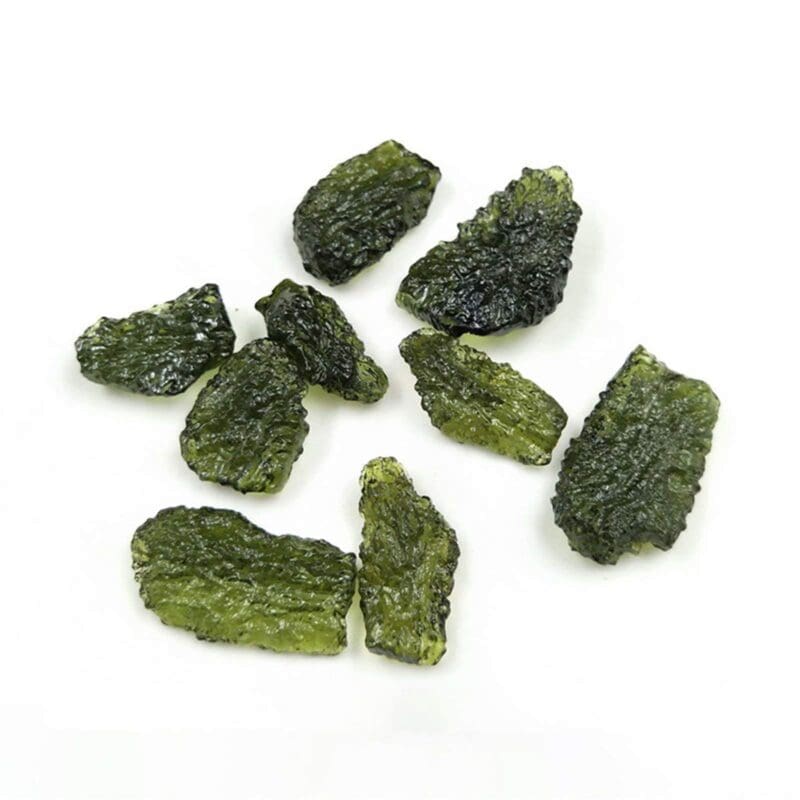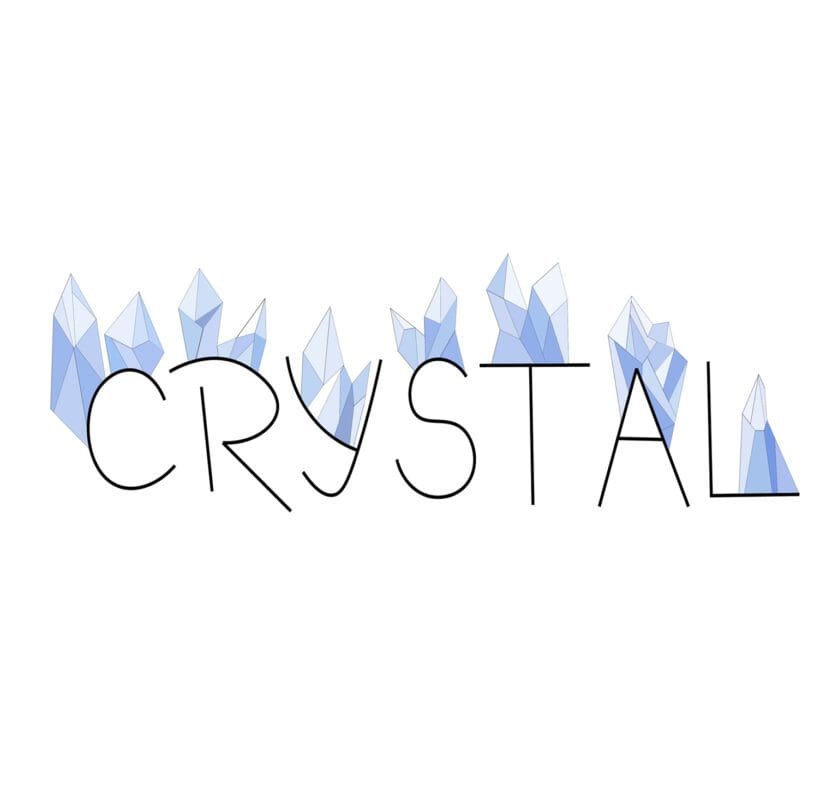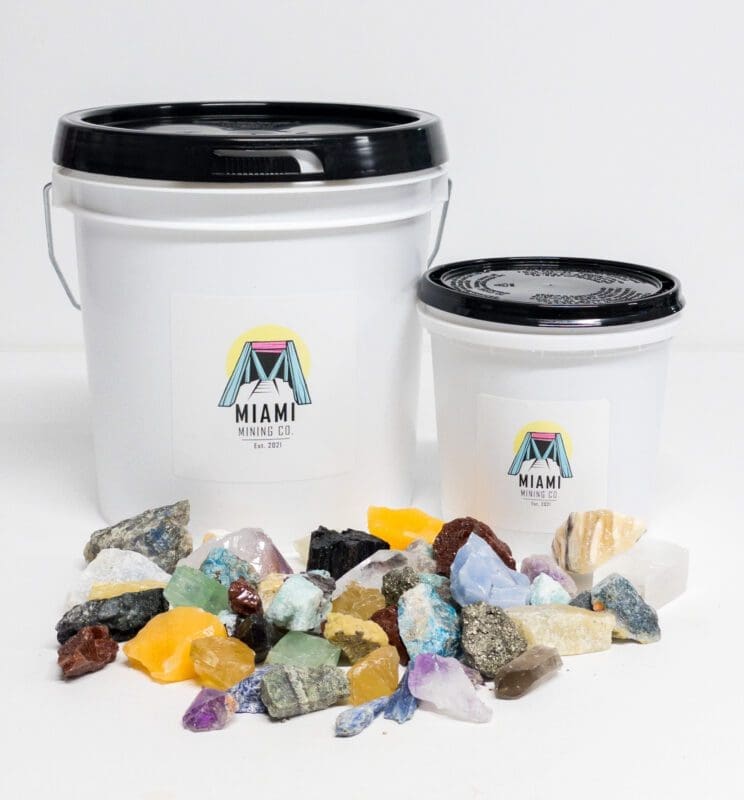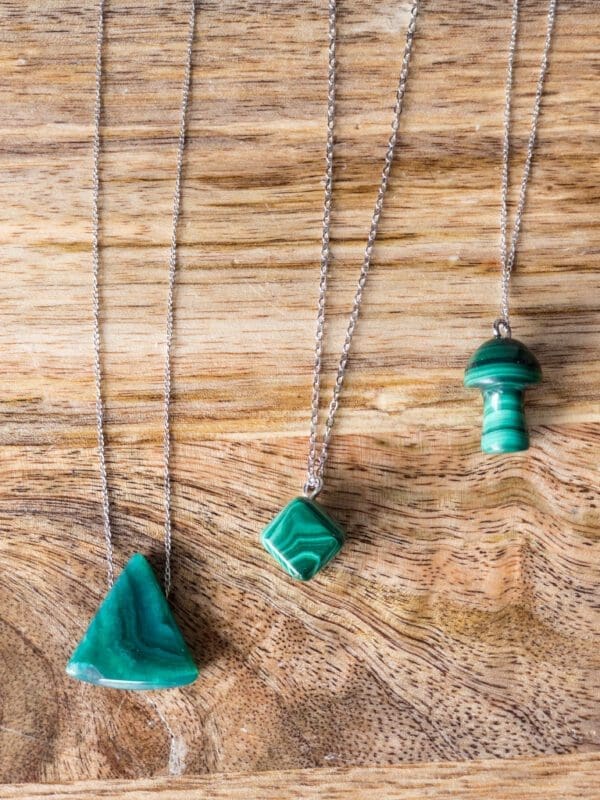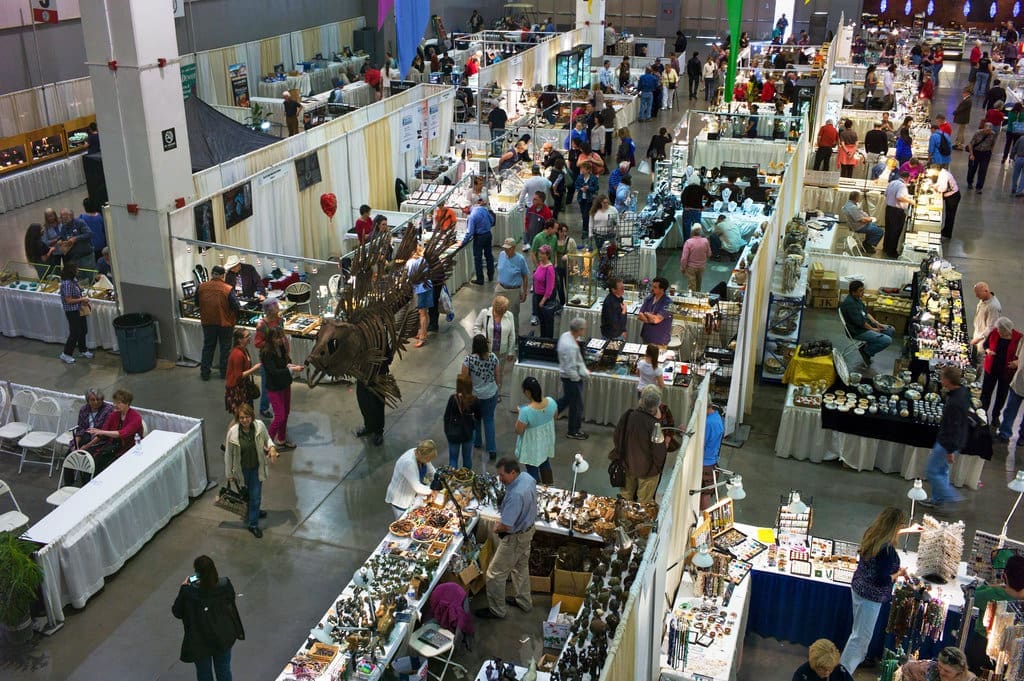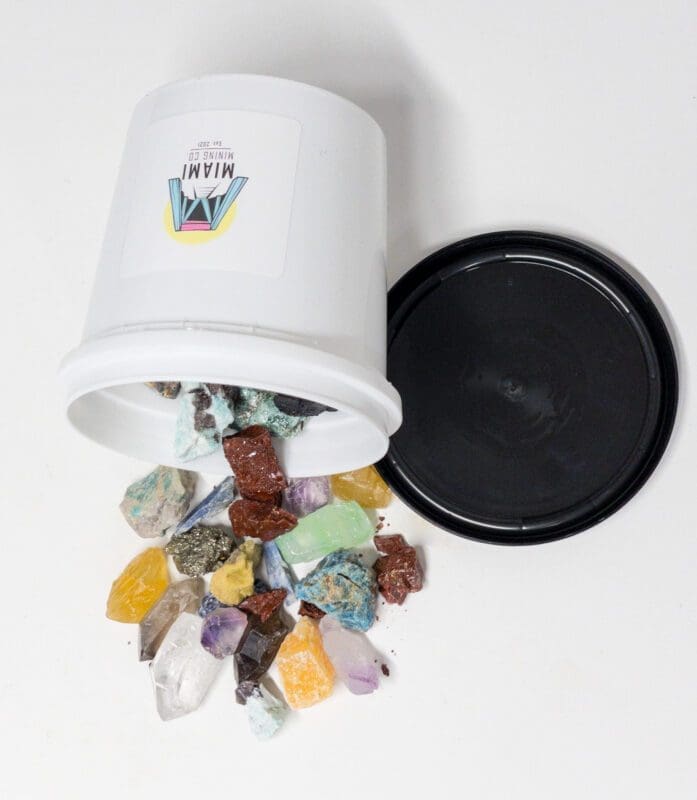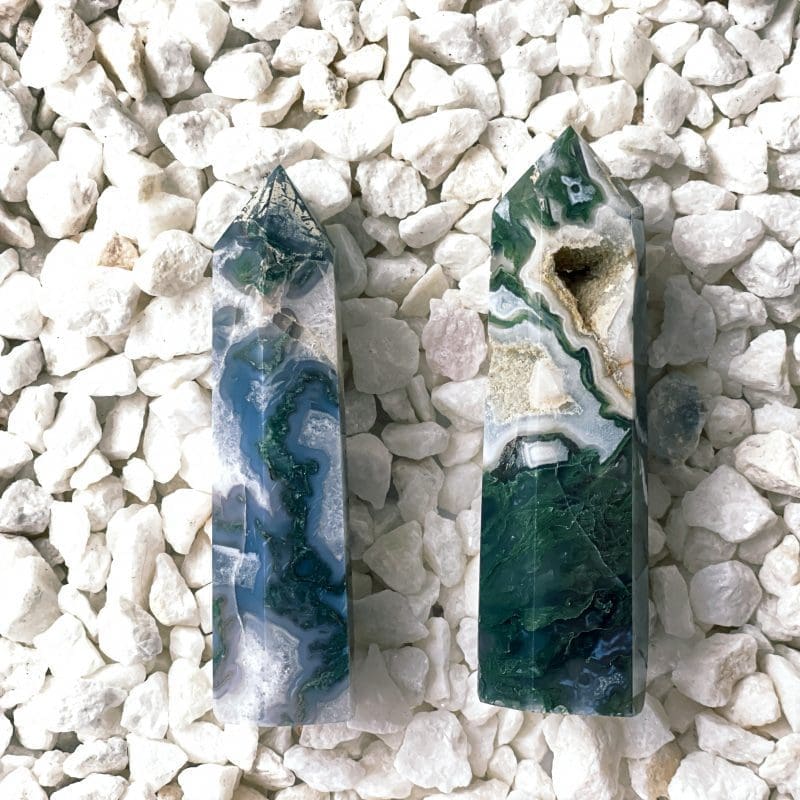Red Jasper is a powerful and grounding crystal that has been used for centuries for its healing properties and spiritual significance. This crystal is known for its deep, red color and is believed to be a stone of strength and courage. It is also said to be a powerful tool for emotional healing and balance.
One of the most notable properties of Red Jasper is its ability to provide grounding and stability. It is said to help bring balance to the mind, body, and spirit, and to help individuals connect with the Earth. This can be particularly useful for those who are feeling scattered or disconnected, as it can help to bring a sense of calm and focus to the mind.
Red Jasper is also believed to be a powerful tool for emotional healing. It is said to help individuals release negative emotions, such as anger and fear, and to promote feelings of peace and tranquility. It is also said to help individuals connect with their inner selves, and to provide a sense of security and safety.
In addition to its healing properties, Red Jasper is also believed to have spiritual significance. It is said to be a powerful tool for connecting with the spiritual realm, and to help individuals connect with their higher selves. It is also said to be a powerful tool for protection, and to help individuals protect themselves from negative energies and influences.
Overall, Red Jasper is a powerful and grounding crystal that can be used for a variety of purposes. Whether you are looking for emotional healing, spiritual connection, or protection, this crystal is sure to be a valuable tool on your journey.
If you are looking to add Red Jasper to your crystal collection or to begin using it for healing, it is important to note that crystals should be cleared and charged before use. There are many ways to do this, including using sage, sunlight, moonlight, or running water.
It’s important to remember that each individual’s experience with crystals may be different, so it’s recommended to approach using crystals with an open mind and be open to the crystal’s energy. With regular use and intention, Red Jasper can be a powerful tool for healing, balance and spiritual growth.


